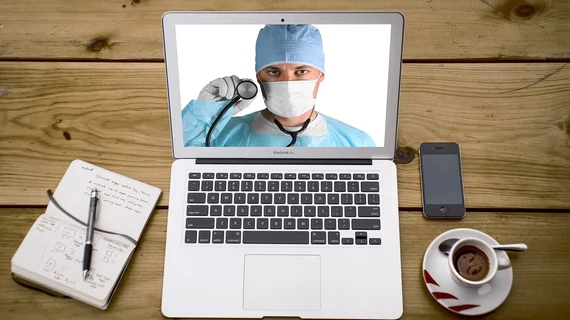Telehealth remains underused, patients rarely billed for messages
To pursue reimbursement for telehealth services, or patient “e-visits,” providers have begun billing insurers and patients for interactions through patient portals. However, remote patient care and associated patient portal messages are either rarely billed to Medicare or rarely occur, as these practices make up a very small percentage of services submitted for reimbursement. The findings are published in Health Affairs Scholar. [1]
In 2020, e-visits comprised 0.9% of all managed service codes submitted to Medicare at the height of the pandemic, dropping to 0.5% in 2021 and 2022. During that timeframe, only 0.8% of all fee-for-service Medicare beneficiaries were billed for a patient portal message, despite the fact they can stem from both in-person and virtual visits.
The study shows telehealth still remains underutilized, and its findings can “help alleviate concerns regarding the potential overuse of portal message and e-visit billing," the study authors, led by Terrence Liu, MD, of Sutter Health, wrote. However, the research is incomplete, as the authors lacked access to numbers reflecting the total number of e-visits or messages sent through patient portals, many of which may not have been billed or recorded.
Details on patient communications may not have been recorded because of disparate or inadequate technology at provider practices, combined with relaxed regulation during the pandemic that allowed for consumer-level tools to be used to interact with patients.
Perhaps unsurprisingly, of patient messages billed to Medicare, nearly a third required significant provider time to read or respond to—upwards of 21 minutes. Primary care providers were the most likely to charge a patient for messages, as they comprise more than half of all telehealth and e-visits.
While patients leveraged e-visits for a variety of reasons—especially when in-person visits were challenged by the pandemic—hypertension was the number one patient diagnosis, recorded at 21% of all care incidents. Diabetes and COVID-19 were distant seconds at around 2% of diagnoses each.
The full study findings are available at the link below.

